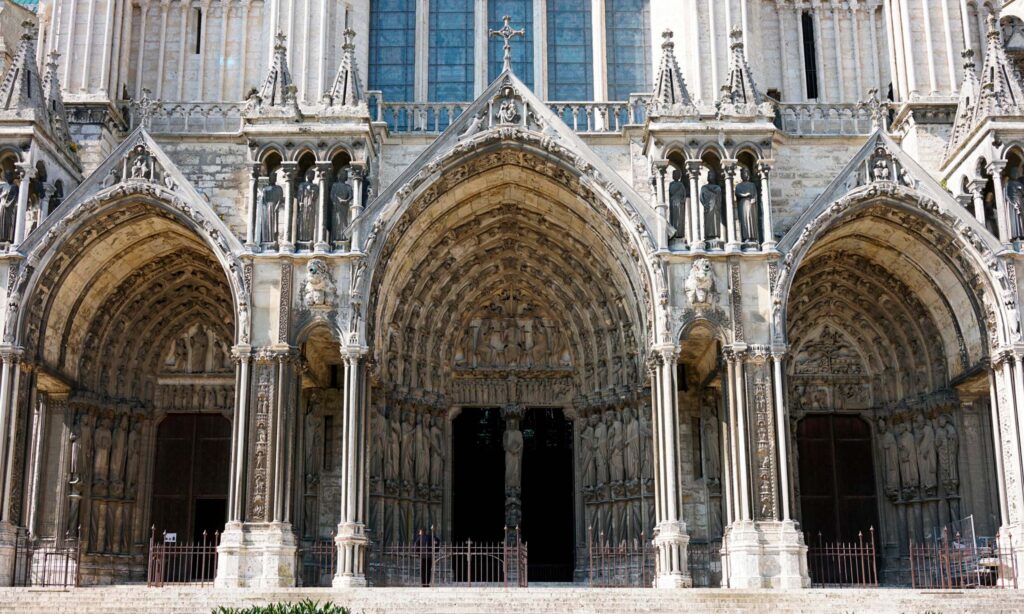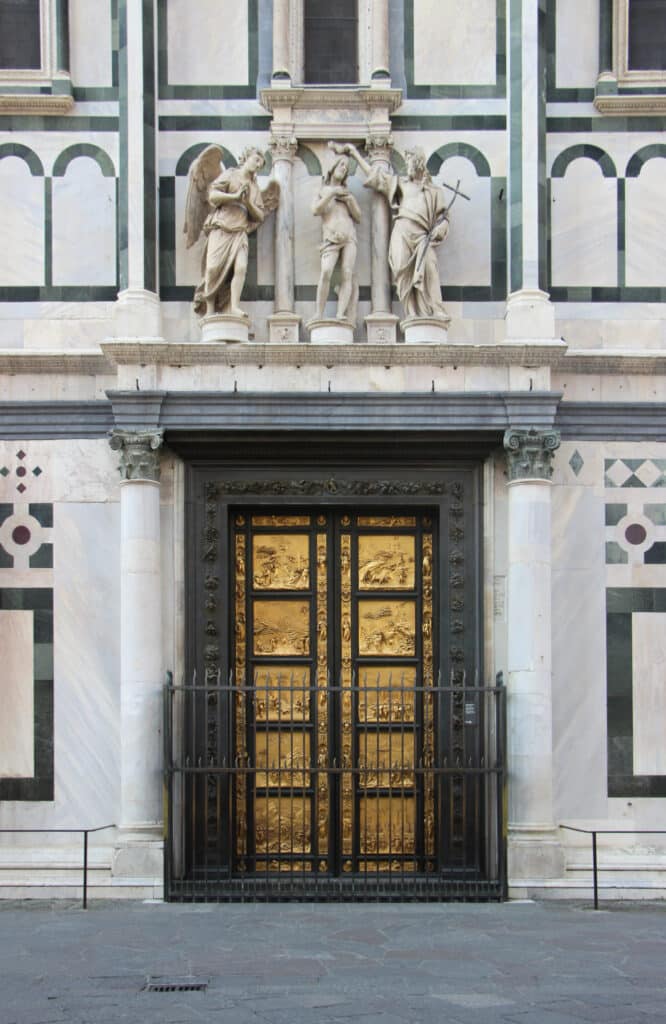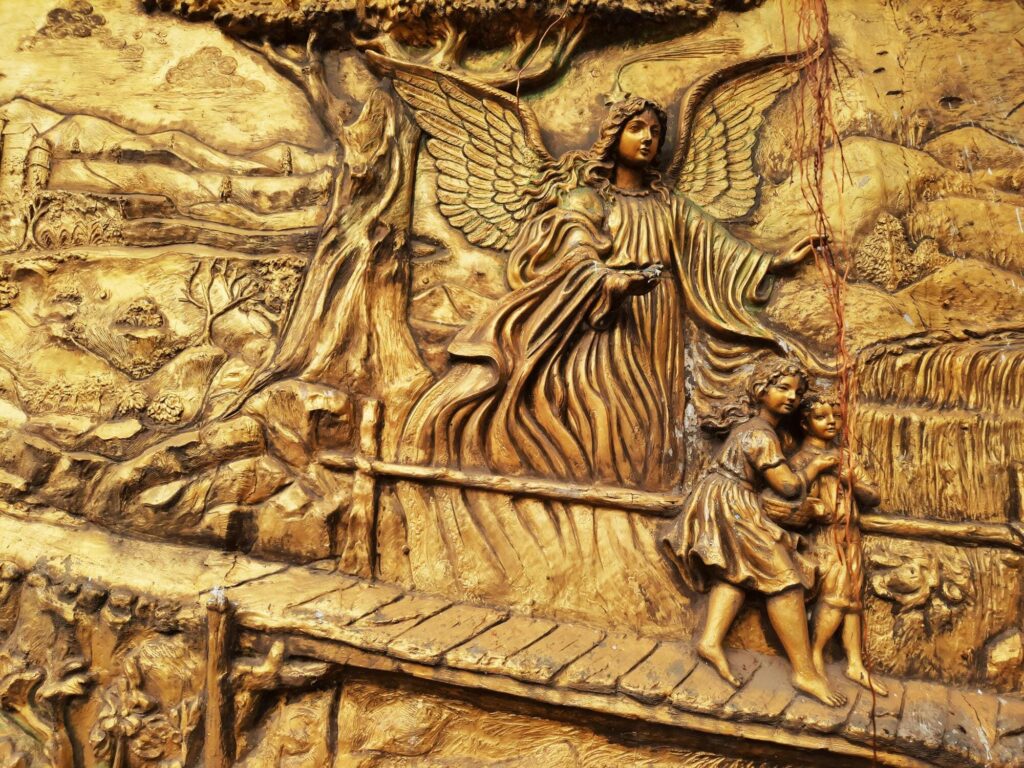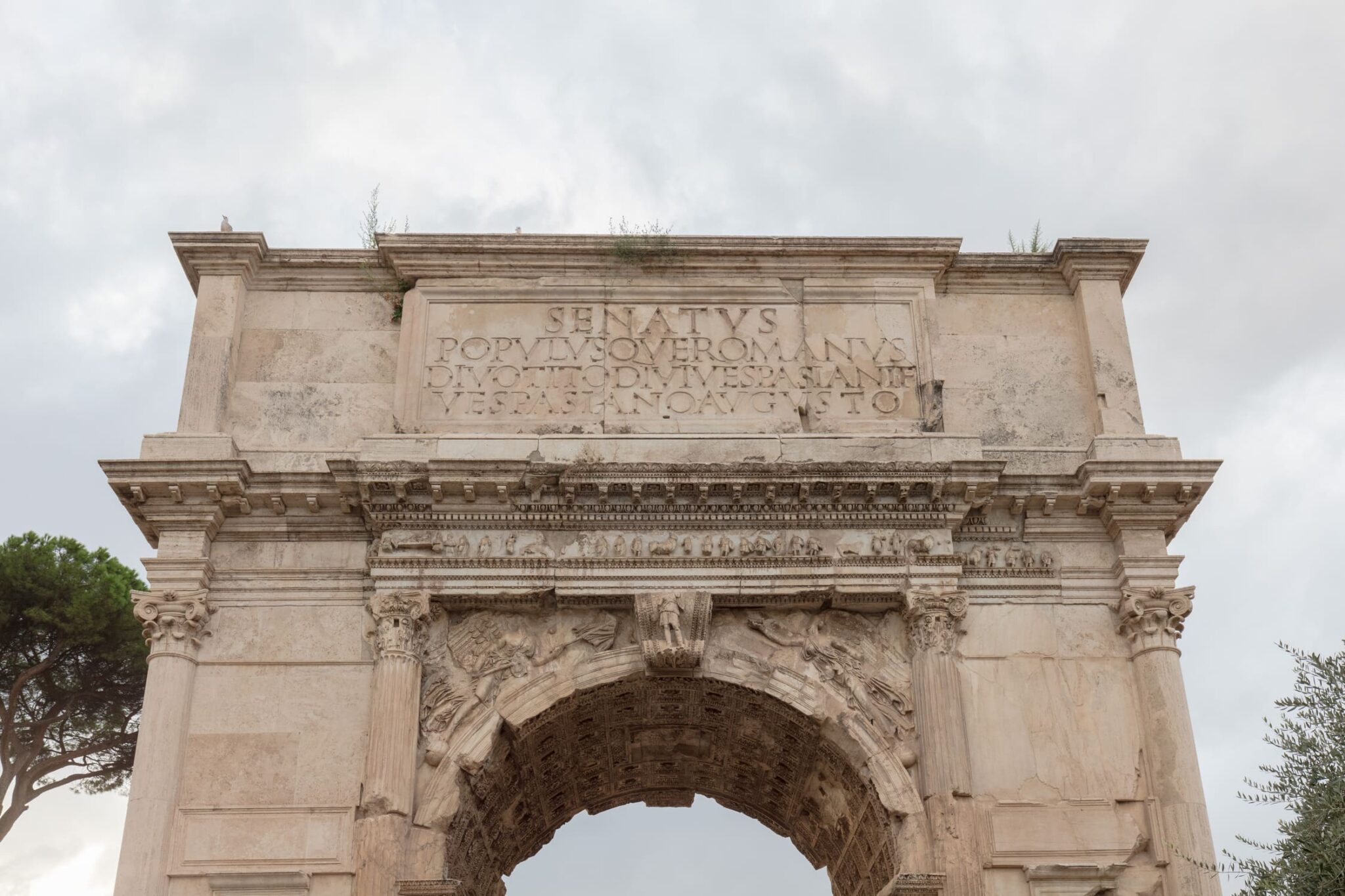Relief has been one of the most influential sculptural techniques in art history. Halfway between painting and sculpture in the round, this technique has been used to tell stories, decorate temples, and beautify cities.
This discipline has demonstrated a unique ability to adapt to the times and remain relevant as an art form: from reliefs in Egyptian art to abstract reliefs of the 20th century.
What is relief in sculpture?
Relief consists of carving or modeling figures that protrude or sink into a background. Unlike a freestanding work of art, it is attached to an architectural surface. This technique allows sculpture to be integrated into walls, friezes, or facades, creating a dialogue between image and space. Relief has served multiple functions in art: narrating, decorating, symbolizing, and evoking emotion.
Types of reliefs
Bas-relief
In bas-relief, the figures barely protrude from the surface. It was widely used in Egyptian art, for example, it can be seen in
Half relief
The medium relief gives greater volume, adding dynamism to the artwork. We can see this type of relief in classical Greece, specifically in the friezes of the Parthenon, where the horses and warriors seem to come to life without separating from the background.
High relief
In this type of relief, the figures protrude significantly, bordering on three-dimensionality. In Roman sculpture, for example, we find the Arch of Titus and Trajan’s Forum. This shows how high relief was used to glorify military victories and convey political messages.
Sunken or incised relief
Here, the shapes are carved inward. This was very common in Egypt because it was more resistant to erosion. Many pharaonic tombs still preserve this type of artistic relief.
The relief throughout history
Reliefs in ancient times
The Egyptians used relief as visual writing. In Mesopotamia,
The Roman relief
In Rome, architectural reliefs became a propaganda tool. Trajan’s Column is a clear example, with over 200 meters narrating the conquest of Dacia. This narrative sequence carved in stone makes the column a unique work of art and a historical testimony.
Medieval and Gothic reliefs
During the Middle Ages, cathedral facades served as authentic stone books. Gothic reliefs are laden with symbolism and educated the faithful with biblical and moral scenes. Chartres and Santiago de Compostela are examples of historical reliefs that still impress visitors today.

The Renaissance and Donatello
During this period, relief sculpture underwent a revolution. Donatello introduced the rilievo schiacciato, a very low relief with perspective effects. Donatello’s relief is a key example of how this technique changed the viewer’s perspective, giving depth to a flat surface. Also noteworthy are Lorenzo Ghiberti’s works on the doors of the Florence Baptistery, which combine technical virtuosity and narrative.

The evolution of relief sculpture in the hands of Donatello and Ghiberti paved the way for larger-scale Renaissance sculpture, which reached its peak with works such as Michelangelo’s Moses .
Contemporary sculptural relief
In the 19th and 20th centuries, artistic relief adapted to new materials and styles. Abstract reliefs, experimental works, and commemorative monuments appeared. Today, reliefs are integrated into urban art, exploring new aesthetic forms that go beyond traditional storytelling.
Relief techniques and materials
Stone reliefs
Stone has been the most durable medium, from Egypt to the Gothic style. Its resistance means that even today we can still see examples of historical reliefs in great detail.
Bronze reliefs
Bronze opened the door to a higher level of detail thanks to lost wax casting. Artistic casting of reliefs in this material allows for elegant and durable finishes, found in both public and private works of art.

Wood reliefs
This relief is used especially in medieval and Renaissance altarpieces. Wood reliefs add warmth, although they require constant restoration due to their fragility.
Modern processes
Today, 3D printing and robotic milling allow digital models to be created that are then cast in metal. These advances are combined with traditional craftsmanship, ensuring precision without losing the artistic value of the human touch.
Meaning and function of relief in art
Relief is not just decoration. Its function has been to convey universal messages, from religious beliefs to military exploits. Its meaning varies depending on the era: in Egypt it represented the relationship with the divine, in Rome it exalted the empire. During the Renaissance it explored the mastery of perspective, and in contemporary art it has become a space for experimentation.
Architectural relief, found in temples, cathedrals, and urban monuments, demonstrates how this technique integrates art and space. When contemplating these works of art, the viewer adopts a perspective that connects them with the artist’s history and intention.
Considered one of the richest and most versatile forms of sculpture, relief is an ancient art that has evolved alongside civilizations. From Egyptian bas-relief to today’s abstract reliefs, this technique has adapted to each era while maintaining its ability to move and narrate.

